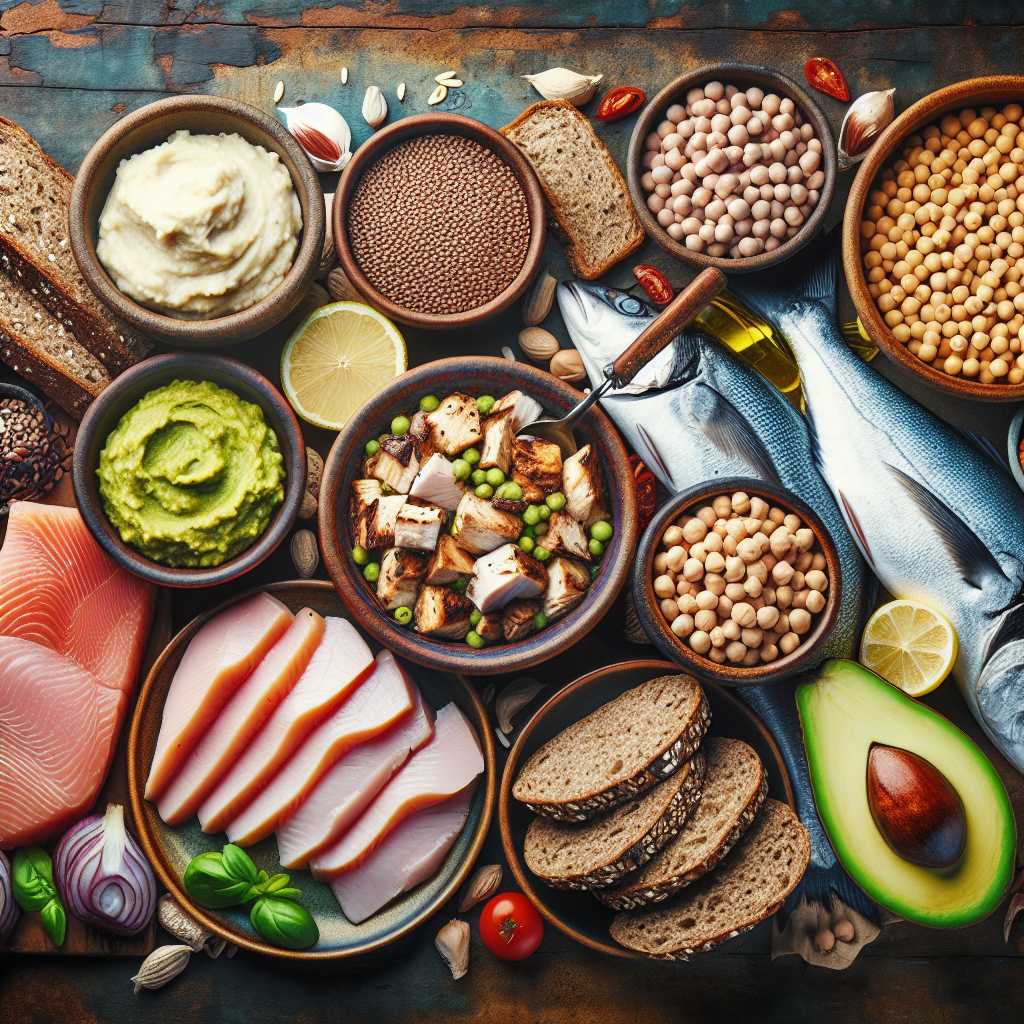The Comprehensive Guide to Niacin: Benefits, Sources, and Recommended Intake
Niacin, also known as vitamin B3, is a critical nutrient that plays an integral role in numerous body functions. The importance of this water-soluble vitamin spans from metabolism and energy production to DNA repair and skin health. In this article, we delve into what niacin is, its benefits, sources, and the recommended daily intake.
Understanding Niacin and its Importance in Body Functioning
Niacin can manifest in a few different chemical forms, with the primary ones being nicotinic acid and nicotinamide. In the human body, these forms are converted into active coenzyme forms, NAD (nicotinamide adenine dinucleotide) and NADP (nicotinamide adenine dinucleotide phosphate). These coenzymes are pivotal for energy transformation within the cells and are involved in over 200 biochemical reactions. NAD is especially important in oxidation-reduction reactions, which are core to cellular respiration and energy production.
Deficiency of niacin can lead to a condition known as pellagra, which is characterized by diarrhea, dermatitis, dementia, and if left untreated, death—collectively known as the four Ds of pellagra.
Health Benefits of Niacin
Niacin provides various health benefits due to its role in metabolism and enzymatic processes. One notable advantage is its effect on lipid profiles. Supplemental forms of niacin have been shown to significantly reduce bad LDL cholesterol levels and increase good HDL cholesterol levels. This effect makes niacin an important substance in preventing cardiovascular diseases.
Another health benefit is related to brain function. As NAD is crucial for the functioning of our brain and nervous system, adequate niacin levels support cognitive health and may help to protect against Alzheimer’s disease and other forms of cognitive decline.
Moreover, niacin has demonstrated properties that may benefit individuals with type 1 diabetes by improving beta-cell function. Additionally, niacin supplementation may improve skin health due to its anti-inflammatory effects, which can help manage conditions like acne.
Dietary Sources of Niacin
Niacin naturally occurs in a wide range of foods. High sources include poultry such as chicken and turkey, beef, peanuts, legumes like lentils or chickpeas, yeast extracts like Marmite or Vegemite, rice bran, tuna, salmon, avocados, mushrooms, green peas, and certain types of seeds. Many breads and cereals are also fortified with niacin.
For those seeking to increase their niacin intake through diet alone, variety is key. Including a range of whole foods that contain niacin can help ensure adequate consumption of this crucial vitamin.
Recommended Daily Intake and Considerations for Supplementation
The recommended daily intake (RDI) of niacin depends on age, sex, and life stage. Adult men need about 16 mg NE (niacin equivalents) per day, while adult women require about 14 mg NE per day. Pregnant and breastfeeding women may need higher amounts to support fetal development and milk production.
While obtaining niacin through diet is typically preferred, there are instances when supplementation may be necessary or beneficial. For example, individuals with high cholesterol or those who do not consume enough niacin-rich foods may consider supplements under medical supervision.
However, it is important to be cautious with supplementation as high doses can cause side effects such as flushing, itching, gastrointestinal upset or liver toxicity. The form called “no-flush” niacin or inositol hexanicotinate releases niacin slowly into the system but should still be used responsibly.
Notes
Image Description
The image could visualize a collection of niacin-rich foods artistically arranged to depict a balanced diet. Such foods might include grilled chicken breast, sliced turkey, mashed avocado, a dish of cooked lentils or chickpeas spread, brown rice or seeded bread slices spread out on a rustic wooden table with a background including fresh fish like tuna or salmon steak beside them.
